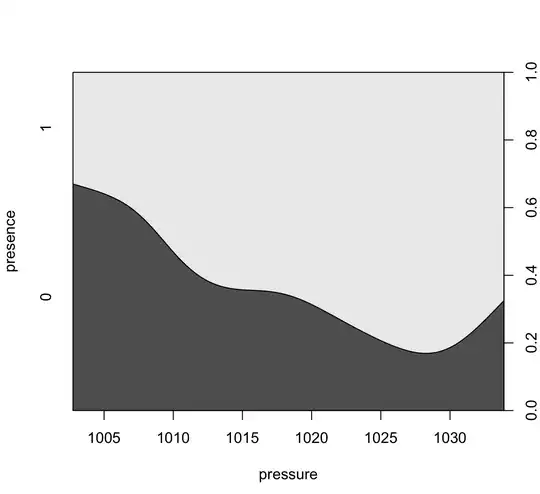I am trying to write a simple NN based regressor, and I have noticed that if i take two identical NN, one with mean square error loss, ane with sample drawn as gaussian prior over final output, with negative log likelihood loss (nll), the nll loss performs significantly better. My understanding it, nll loss with Gaussian priors are same as MSE so shall the output error be not similar?
######
# MSE loss over NN
######
model = tf.keras.Sequential([
tf.keras.layers.Dense(800,input_shape=(371,),kernel_regularizer='l2'),
tf.keras.layers.LeakyReLU(alpha=0.1),
tf.keras.layers.Dropout(0.1),
tf.keras.layers.Dense(1000,kernel_regularizer='l2'),
tf.keras.layers.LeakyReLU(alpha=0.1),
tf.keras.layers.Dropout(0.1),
tf.keras.layers.Dense(1)
])
model.compile(loss=MeanSquareError(), optimizer=tf.keras.optimizers.Adam(lr=0.0001),metrics=['mae'])
######
#nll loss over Normal drawn of final mean and sigma predictions
######
model = tf.keras.Sequential([
tf.keras.layers.Dense(800,input_shape=(371,),kernel_regularizer='l2'),
tf.keras.layers.LeakyReLU(alpha=0.1),
tf.keras.layers.Dropout(0.1),
tf.keras.layers.Dense(1000,kernel_regularizer='l2'),
tf.keras.layers.LeakyReLU(alpha=0.1),
tf.keras.layers.Dropout(0.1),
tf.keras.layers.Dense(2),
tfp.layers.IndependentNormal(1)
])
model.compile(loss=lambda y_t,y_p: -y_p.log_prob(y_t)
, optimizer=tf.keras.optimizers.Adam(lr=0.0001),metrics=['mae'])
Is there any reason why nll loss will perform better? Are they not equivalent in my example above?
PS: First model was trained using MSE loss, second model was trained using NLL loss, for comparison between the two, after the training, MAE and RMSE of predictions on a common holdout set was performed.
In sample Loss and MAE:
- MSE loss:
loss: 0.0450 - mae: 0.0292, Out of sample: 0.055 - NLL loss:
loss: -2.8638e+00 - mae: 0.0122, Out of sample: 0.050 - Kernel ridge regression Out of sample: 0.0575
